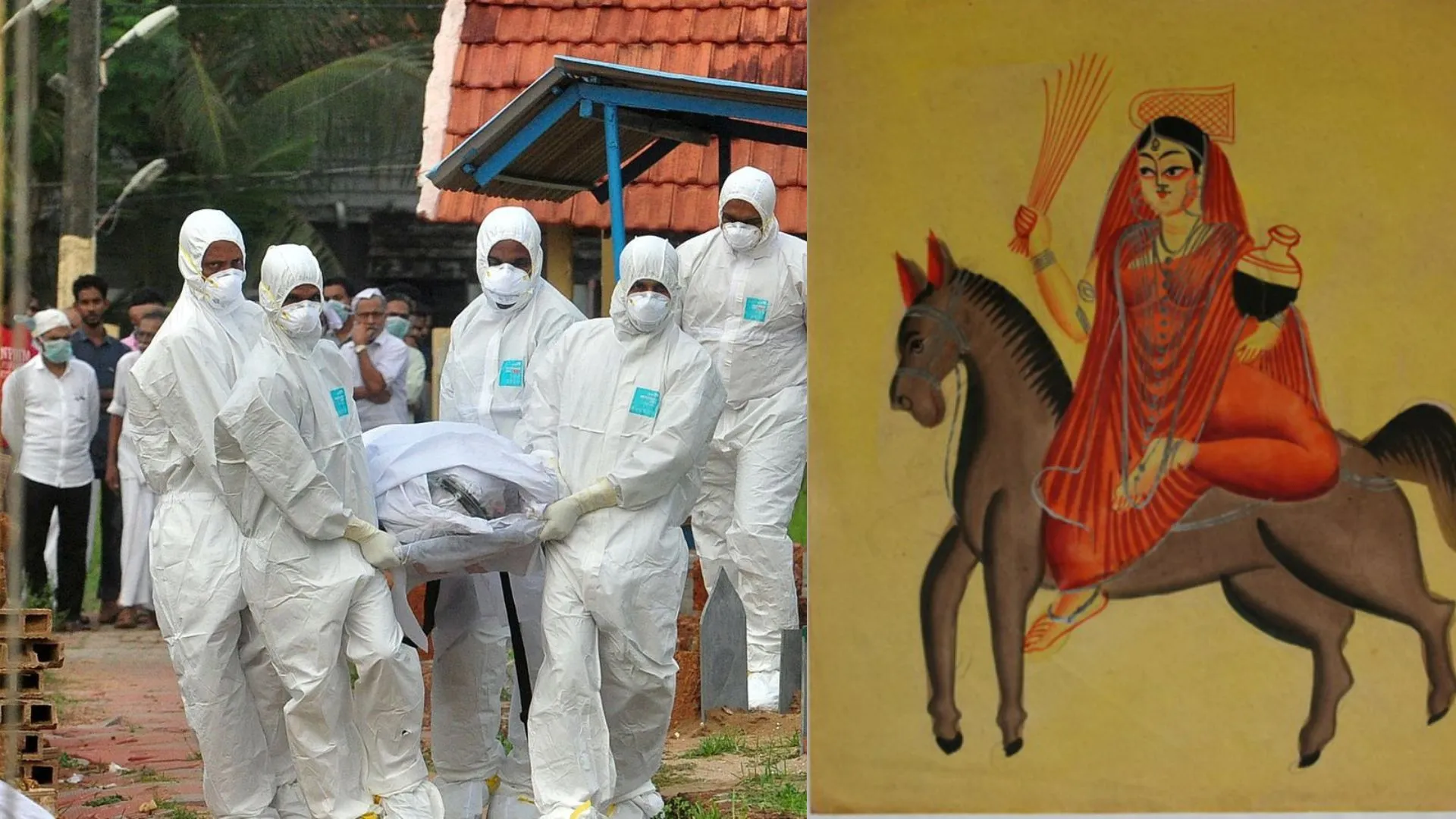Seville, Spain: In a stunning archaeological breakthrough, researchers have uncovered the world’s largest ancient bead collection—over 270,000 beads—from a 5,000-year-old tomb in Montelirio Tholos, located in Valencina de la Concepción, near Seville.
According to a recent study published in Science Journal, the find dates back to the Chalcolithic period (3200–2500 BCE) and provides deep insights into early social hierarchies and ceremonial practices in Copper Age Iberia.
Inside the Montelirio Tholos
The Montelirio Tholos is a 39-meter-wide underground megalithic structure, built around 3000 BCE. It was excavated between 2007 and 2010 by a team led by Leonardo García Sanjuán from the University of Seville.
Inside the tomb, researchers found the remains of at least 25 individuals, mostly believed to be high-status women, accompanied by rich grave goods including finely crafted shell, amber, greenstone, and calcite beads ranging from 1 to 10 millimeters in size.
“This is the most extensive prehistoric bead collection ever documented,” the researchers stated.
Symbolism and Social Significance
One group of 90 beads was discovered alongside a crystal blade dagger with an ivory handle, indicating the beads may have served as elite decorations or symbols of status.
The team’s multi-analytical study, carried out over five years, involved raw material analysis, radiocarbon dating, morphometric analysis, phytolith examination, and experimental reconstructions. The results suggest the beads were sumptuary items—ritual or symbolic adornments used by a select group of women of high social importance.
Cultural Insights
The Montelirio Tholos, dated to 2875–2700 BCE, reflects a complex society on the cusp of the Bronze Age. The arrangement and craftsmanship of the beads demonstrate not just artistic achievement but also the ceremonial and social depth of early Iberian communities.
This discovery significantly enhances our understanding of Copper Age burial practices, gender roles, and symbolic expression in prehistoric Europe.























